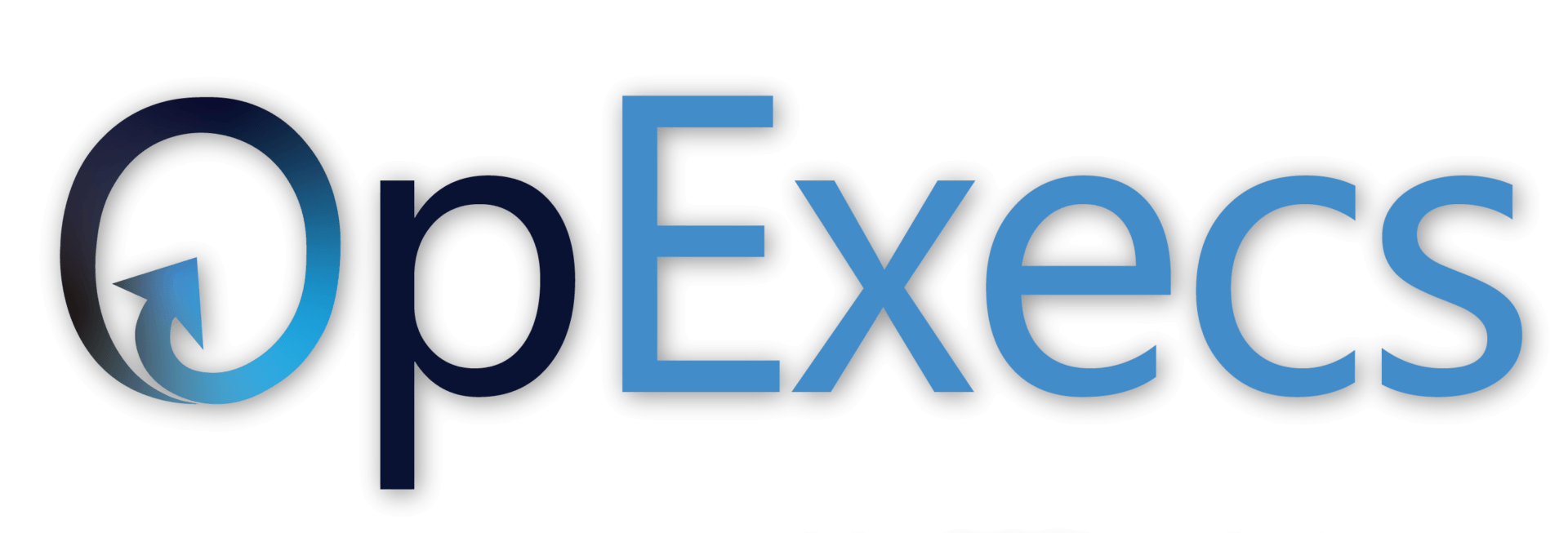While it may seem counter-intuitive, an objective 3rd party can often bring out the best in your organization. Such an outsider can bring a fresh and objective perspective to “uncover the rock” and stimulate change.
When I led a small fabricating and stamping operation in the Caribbean, I was particularly proud of our six. Okuma Vertical Milling (VMC) equipment. At the time, these were state of the art machines that could crank out between 4-8 parts under 15 minutes. This was a cry from previous cycle times which were more than double this rate. Then one day, a young lad visited my facility and completely changed my perspective on how good we really were.
As the Plant Manager, I especially enjoyed taking people on tours of my factory so they could judge for themselves how technically advanced we were despite being so remote. After all, we were into Lean & Six Sigma having created several innovative poka-yokes to help cut down on mistakes, and even designating each operator responsible for their own quality… no inspector required! So we were “hot stuff, right?
One day, during a routine tour, an Engineer who worked for Corporate Sourcing asked several tough and interesting questions; Why did it take so long to change from one SKU to another? Why did it take so long to department take up so much floor space? and most importantly, why did everyone seem to just be standing around? At the time I had only heard of Single Minute Exchange of Dies (SMED) as something that was done at large operations, not at some tiny job shop in the middle of nowhere. Yet here was this outsider challenging me to reconsider how we performed in-between milling. From this young man’s tours around the world he had seen smaller job shops eliminate process waste. It struck me that sometimes it takes an outsider to challenge you into initiating change. I gathered my team where we embarked on a SMED program to reduce our changeover process and overall organization. Inspired by an Indy 500 pit crew video, we:
challenged each of the operators to move activities from “internal (performed while process is
stopped) to external (performed while process is working)”,
- prepared all tools to be preset for use
- stored items in visual management shadow boards
- removed all non-value adding activities which then sparked a 5S process to improve visibility and
- created new work cells to perform finishing steps between machine cycles.
I dare say all this work was shaped by a stranger who asked objective questions at the right time.
